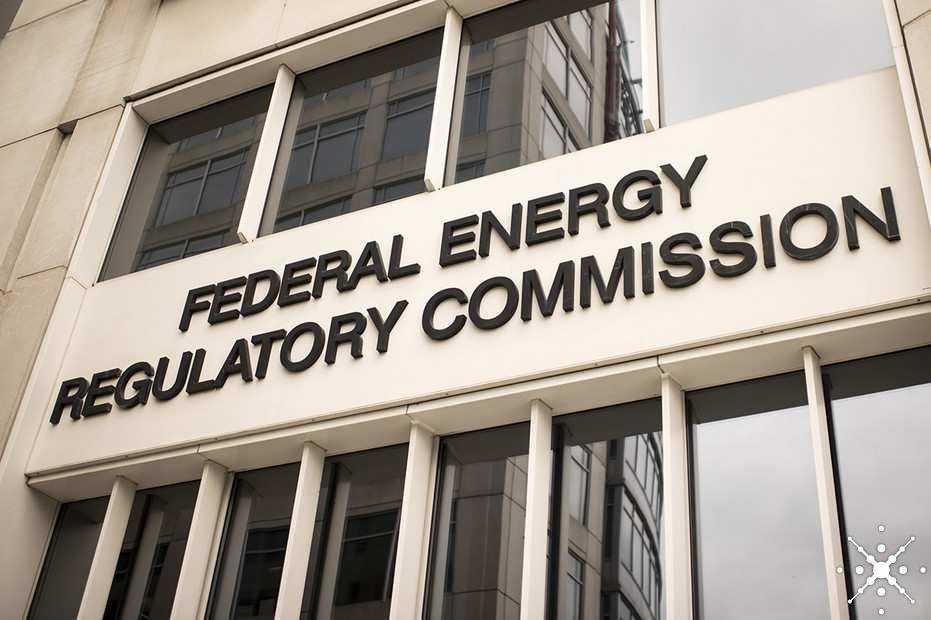According to reports, electric utility Vistra (NYSE: VST) has emerged as the top-performing S&P 500 stock in 2024, with a 315% year-to-date surge driven by expectations of increased power demand from AI data centers.
Vistra’s AI Data Center Surge

Vistra’s remarkable stock performance in 2024 is largely attributed to the surging power demands from AI data centers. As AI technologies expand, the need for electricity-hungry data centers has grown exponentially, with Vistra strategically positioned to meet this demand1. The company has secured partnerships with tech giants like Microsoft and Amazon to provide power for their data centers, capitalizing on the projected increase in global power demand from data centers, which could rise from 200 terawatt-hours pre-pandemic to over 1,000 TWh by 2030.
To leverage this opportunity, Vistra has invested in a mix of gas and nuclear power plants, positioning itself as a key player in the high-demand AI sector. The company’s focus on clean energy solutions, including its expanded nuclear portfolio following the acquisition of Energy Harbor, has made it an attractive partner for tech companies increasingly turning to nuclear power for their AI applications.
This strategic alignment with the AI industry’s energy needs has not only driven Vistra’s stock performance but also promises sustained growth as the demand for AI infrastructure continues to rise.
Nuclear Power and AI Growth

The rapid growth of artificial intelligence (AI) is driving unprecedented energy demands, prompting tech giants to turn to nuclear power as a reliable and clean energy source for their data centers. Companies like Google, Amazon, and Microsoft are investing in nuclear technologies to meet the massive electricity needs of AI-driven operations while aligning with sustainability goals. Google has partnered with Kairos Power to build small modular reactors, aiming to generate 500 megawatts of power by 20353. Similarly, Amazon has invested $500 million in developing small modular nuclear reactors, while Microsoft has secured a deal to restart a reactor at Three Mile Island.
This shift towards nuclear energy is driven by several factors:
- AI systems, particularly large language models, require enormous computational power, straining traditional energy sources
- Nuclear power offers stable, continuous energy supply crucial for uninterrupted AI operations
- It aligns with tech companies’ commitments to reduce greenhouse gas emissions
- The demand for electricity from data centers is projected to more than double by 2026, reaching over 1,000 terawatt hours
However, challenges remain, including regulatory hurdles, public perception, and the need for significant investment in scaling nuclear technologies to meet the rapidly growing energy demands of AI.
Navigating Regulatory Challenges

Vistra’s expansion into the AI-driven energy market has not been without regulatory challenges. The company faced a significant hurdle when the Federal Energy Regulatory Commission (FERC) initially rejected Amazon’s request to tap into Vistra’s nuclear power for its data centers.
This decision highlighted the complex regulatory landscape surrounding the intersection of traditional utilities and the burgeoning AI industry.Despite these challenges, Vistra has made progress. In February 2024, the company received FERC approval for its acquisition of Energy Harbor, marking the final regulatory clearance needed to close the transaction2. This approval is crucial for Vistra’s strategy to accelerate the growth of its zero-carbon generation portfolio, particularly its nuclear assets, which are key to meeting the power demands of AI data centers.
However, Vistra must remain vigilant as regulatory scrutiny continues, with concerns raised about potential market power issues and the need to ensure fair competition in wholesale electricity markets.
Diverse Zero-Carbon Assets
Vistra’s energy portfolio is strategically diversified to meet the growing demands of the AI industry while advancing clean energy goals. The company’s generation capacity stands at approximately 41,000 MWe, enough to power 3.2 million homes.
Key components of Vistra’s portfolio include:
- Nuclear assets: Following the acquisition of Energy Harbor, Vistra now operates four nuclear facilities totaling 6,400 megawatts across ERCOT and PJM markets, making it the second-largest competitive nuclear fleet in the United States
- Renewable energy: Vistra Zero, the company’s zero-carbon generation arm, includes solar facilities like the 180 MW Upton 2 Solar Facility and several projects under development
- Energy storage: Vistra owns the second-largest energy storage capacity in the country at 1,020 MWe, including the world’s largest battery energy storage facility
- Fossil fuel assets: While transitioning to cleaner energy, Vistra maintains a fleet of natural gas and coal plants under its Vistra Tradition division
This diverse portfolio positions Vistra to meet the increasing power demands of AI data centers while supporting the company’s goal of reducing emissions by 60% no later than 2030.
Source: Perplexity






